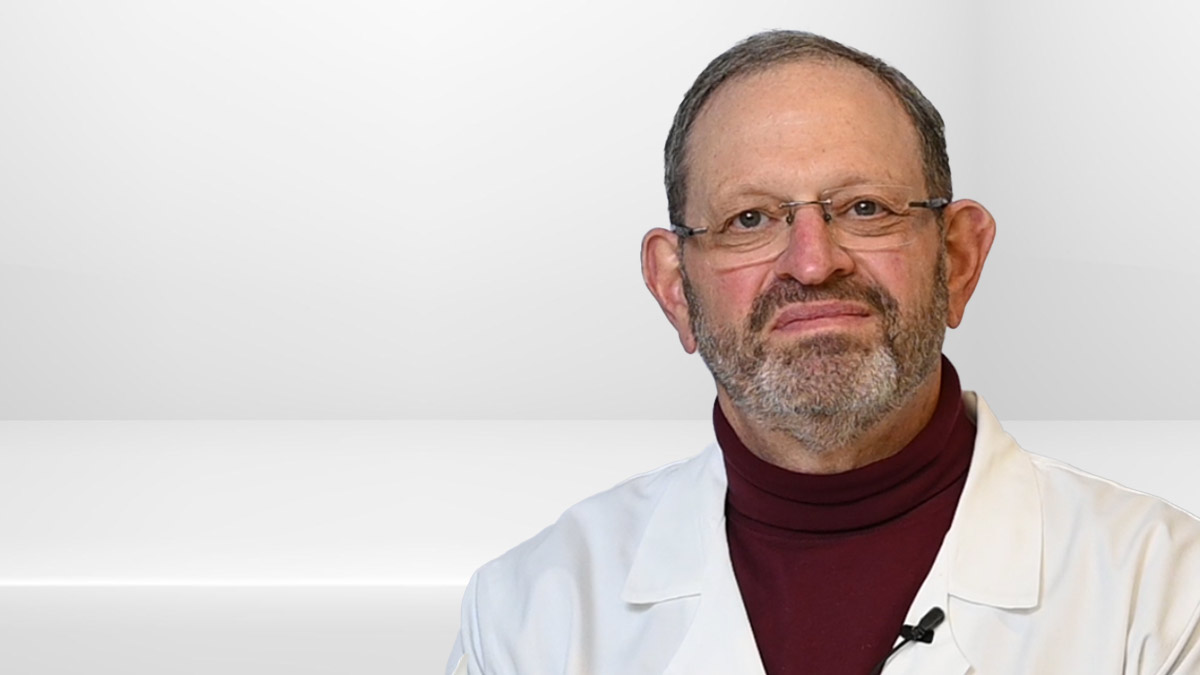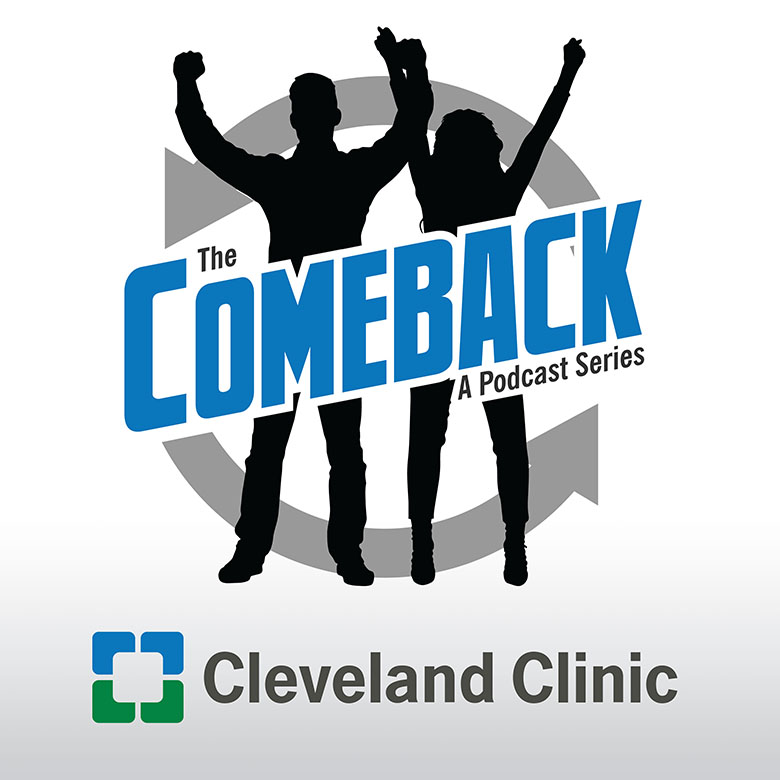Pacemakers and Defibrillators: What’s the Difference?

Pacemakers and defibrillators are both cardiac implantable electronic devices – they are used to protect the heart from slow heart rhythms, fast heart rhythms, and in some cases help the heart pump better. Dr. Bruce Wilkoff, Director: Cardiac Pacing & Tachyarrhythmia Devices explains the differences in these devices.
Subscribe: Apple Podcasts | Podcast Addict | Buzzsprout | Spotify
Pacemakers and Defibrillators: What’s the Difference?
Podcast Transcript
Announcer:Welcome to Love Your Heart, brought to you by Cleveland Clinic's Sydell and Arnold Miller Family Heart, Vascular & Thoracic Institute. These podcasts will help you learn more about your heart, thoracic and vascular systems, ways to stay healthy, and information about diseases and treatment options. Enjoy.
Dr. Bruce Wilkoff:
I'm Dr. Bruce Wilkoff, director of cardiac pacing and tech arrhythmia devices at the Cleveland Clinic. And sometimes people ask me to explain the differences between pacemakers and defibrillators. And the truth is it's a continuum. There is a group of patients that need protection from slow heart rhythms, a group of patients that need protection from faster heart rhythms. Sometimes they need protection from both slow and fast heart rhythms. And then there's a third category of people who need to have some improvement in how strongly their heart beats. So all of these devices together are called cardiac implantable electronic devices.
Dr. Bruce Wilkoff:
First, a pacemaker is the device that's designed to provide a heart rate that your heart can't go slower than. It keeps your heart from having too slow of a heart rhythm, something called the bradycardia. And that sometimes happens in people that need a defibrillator, but defibrillators are designed to protect you from very fast heart rhythms, life-threatening heart rhythms, that sometimes need to be shocked to be converted back to normal rhythm, but sometimes actually use the pacemaker function to stop the fast heart rhythms too. So most commonly somebody would get a defibrillator and it would have both pacemaker and defibrillation functions, but many patients, about half of them just need the pacemaker, and the pacemaker keeps the heart from going too slow.
Dr. Bruce Wilkoff:
Now, there is a possibility of having an extra wire, something we call a resynchronization, defibrillator or resynchronization pacemaker, that helps to coordinate the left and right sides of the heart so that it beats more strongly. So now we have a device that can pace to keep your heart from going too slow, a device that keeps your heart from going too fast, preventing you from dying suddenly, and also improves the strength of the contraction of the heart to improve your symptoms, let's say from shortness of breath, or swelling up, or fatigue, that happens sometimes when your heart's not pumping so strongly. So cardiac implantable electronic devices are combined pacemakers and defibrillators and resynchronization devices.
Announcer:
Thank you for listening. We hope you enjoyed the podcast. We welcome your comments and feedback. Please contact us at heart@ccf.org. Like what you heard? Subscribe wherever you get your podcasts or listen at clevelandclinic.org/loveyourheartpodcast.

Love Your Heart
A Cleveland Clinic podcast to help you learn more about heart and vascular disease and conditions affecting your chest. We explore prevention, diagnostic tests, medical and surgical treatments, new innovations and more.


